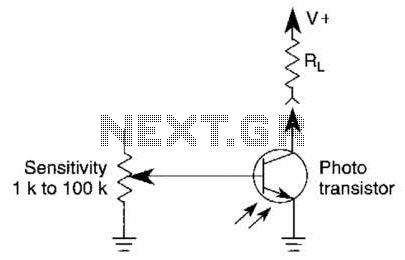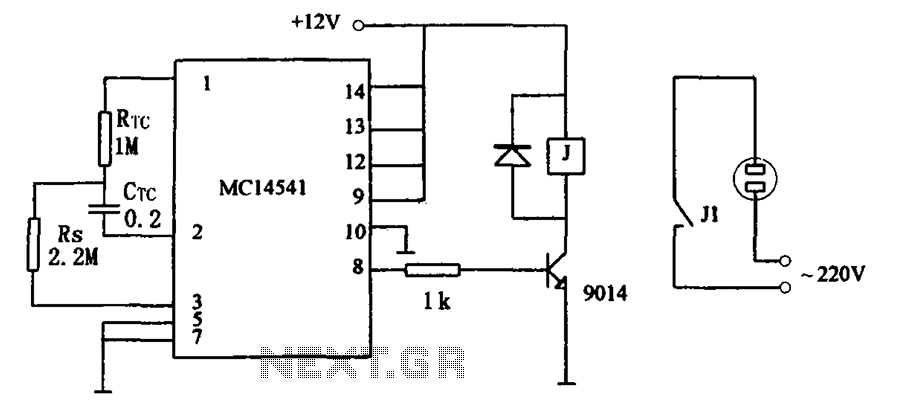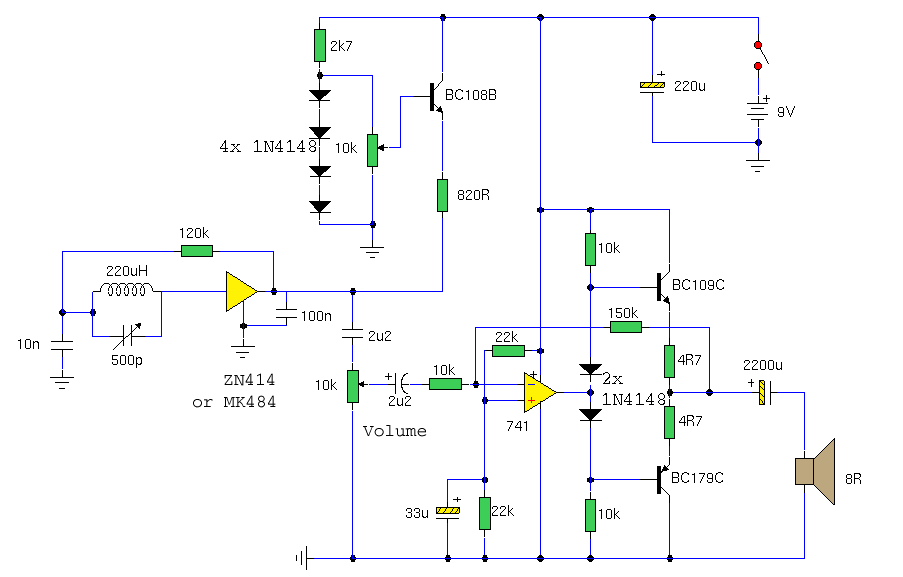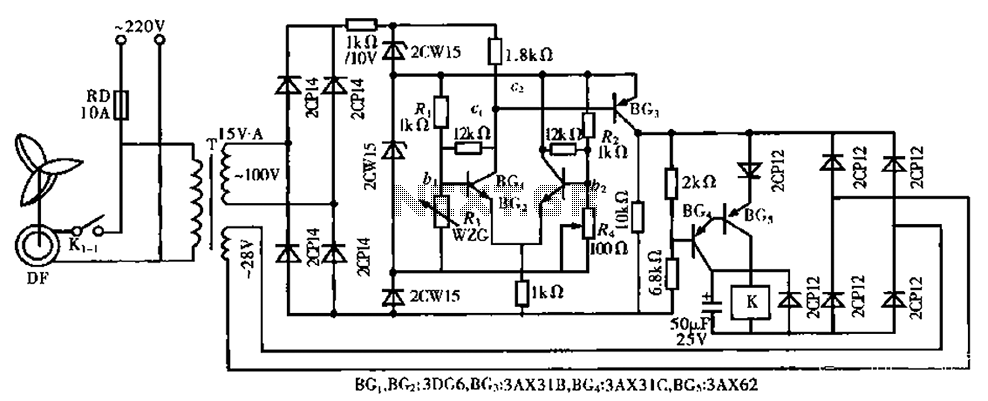
3W FM Transmitter circuit
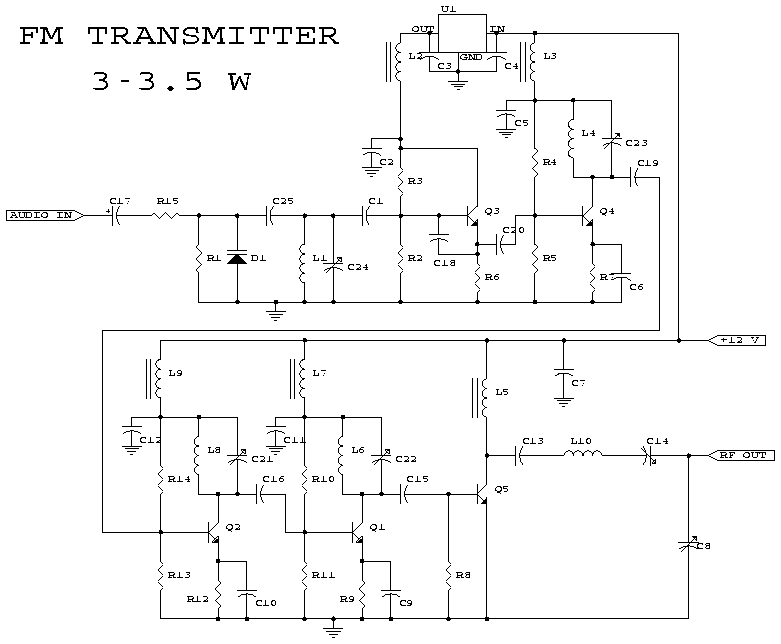
This schematic represents an FM transmitter capable of delivering an output power between 3 to 3.5 W, operating within the frequency range of 90 to 110 MHz. While the stability of the circuit is acceptable, the integration of a Phase-Locked Loop (PLL) could enhance its performance.
The FM transmitter circuit typically consists of several key components, including an oscillator, modulator, and power amplifier. The oscillator generates a carrier frequency within the specified range, while the modulator encodes the audio signal onto the carrier wave. The power amplifier then boosts the modulated signal to the desired output power level.
In this design, the oscillator may employ a Colpitts or Hartley configuration, which is known for its stability and ease of tuning. The frequency can be adjusted using variable capacitors or inductors, allowing for fine-tuning within the 90 to 110 MHz range.
The modulator section can utilize a transistor or an integrated circuit that modulates the amplitude or frequency of the carrier signal based on the input audio signal. This modulation is crucial for transmitting audio over the FM band effectively.
The power amplifier is responsible for increasing the output signal to the specified power level. It may utilize a push-pull configuration to improve efficiency and linearity, ensuring minimal distortion of the audio signal during transmission.
Incorporating a PLL into this circuit can significantly improve frequency stability and drift compensation. The PLL can lock onto the desired frequency and maintain it against variations in temperature or component aging. This addition would enhance the overall performance of the FM transmitter, making it more reliable for consistent broadcasting.
Additional components such as filters may be included to suppress unwanted harmonics and ensure compliance with regulatory standards for FM transmission. Proper grounding and layout considerations are essential to minimize interference and maintain signal integrity throughout the circuit.This is the schematic for an FM transmitter with 3 to 3.5 W output power that can be used between 90 and 110 MHz. Although the stability isn`t so bad, a PLL can be used on this circuit.. 🔗 External reference
The FM transmitter circuit typically consists of several key components, including an oscillator, modulator, and power amplifier. The oscillator generates a carrier frequency within the specified range, while the modulator encodes the audio signal onto the carrier wave. The power amplifier then boosts the modulated signal to the desired output power level.
In this design, the oscillator may employ a Colpitts or Hartley configuration, which is known for its stability and ease of tuning. The frequency can be adjusted using variable capacitors or inductors, allowing for fine-tuning within the 90 to 110 MHz range.
The modulator section can utilize a transistor or an integrated circuit that modulates the amplitude or frequency of the carrier signal based on the input audio signal. This modulation is crucial for transmitting audio over the FM band effectively.
The power amplifier is responsible for increasing the output signal to the specified power level. It may utilize a push-pull configuration to improve efficiency and linearity, ensuring minimal distortion of the audio signal during transmission.
Incorporating a PLL into this circuit can significantly improve frequency stability and drift compensation. The PLL can lock onto the desired frequency and maintain it against variations in temperature or component aging. This addition would enhance the overall performance of the FM transmitter, making it more reliable for consistent broadcasting.
Additional components such as filters may be included to suppress unwanted harmonics and ensure compliance with regulatory standards for FM transmission. Proper grounding and layout considerations are essential to minimize interference and maintain signal integrity throughout the circuit.This is the schematic for an FM transmitter with 3 to 3.5 W output power that can be used between 90 and 110 MHz. Although the stability isn`t so bad, a PLL can be used on this circuit.. 🔗 External reference

